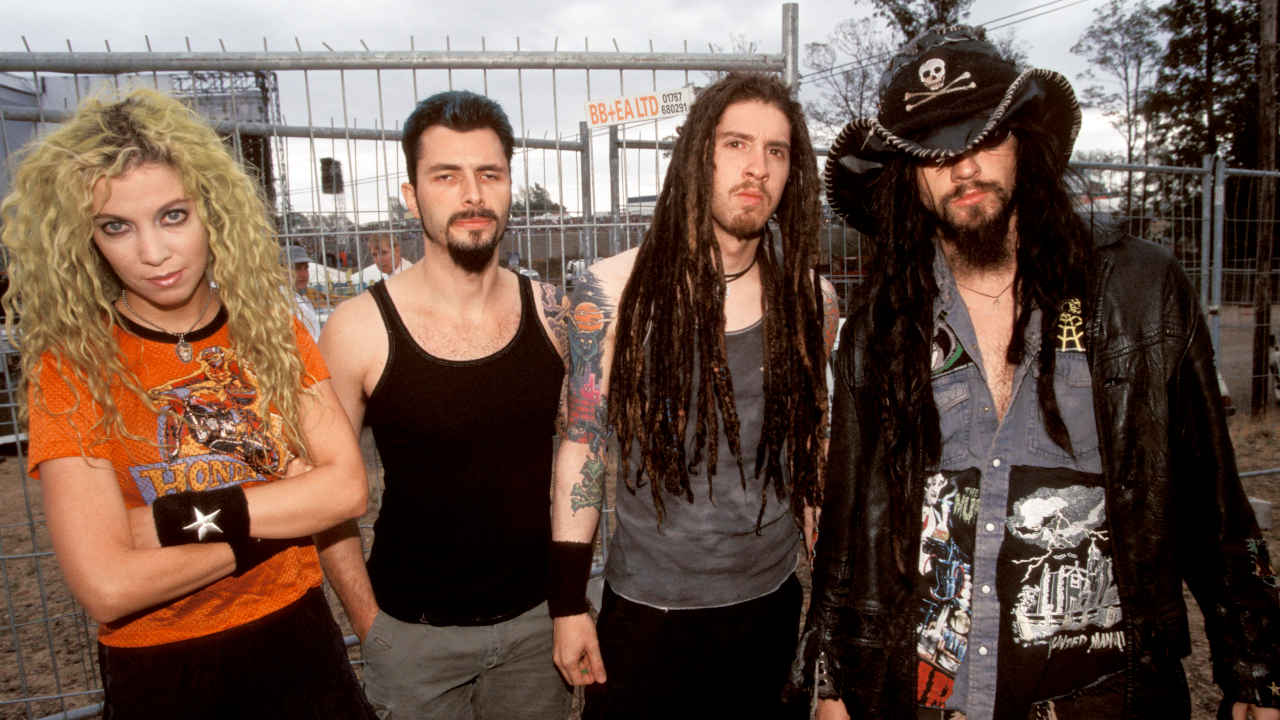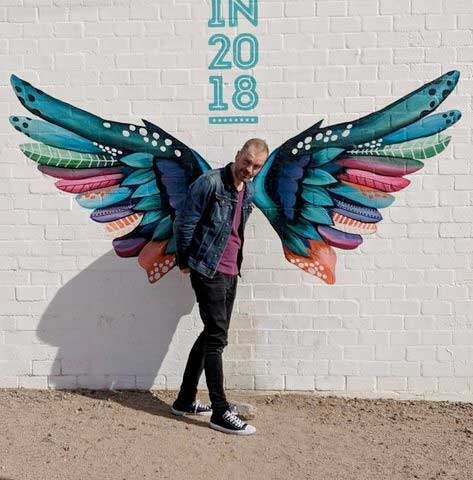White Zombie were one of the most unlikely success stories of the 1990s, rising from the New York noise-rock scene to become MTV darlings before their untimely split at the height of their success in 1996. In 2015, Rob Zombie talked Metal Hammer through his shlock-splattered career.
On his very first day in New York City, Robert Cummings witnessed a murder. It was the early 80s and he’d escaped the clean-cut confines of Haverhill, Massachusetts and headed for the mean streets of the Big Apple with his head full of weird dreams and strange sounds. Within hours of arriving, the man who’d go on to become Rob Zombie was witnessing just how mean those streets really were.
“I was in my room, and I heard screaming,” he says today. “So I looked out of the window and saw someone being killed. Day one, and I was already involved in a murder case. Welcome to New York City.”
It was a fitting introduction to a world he’d only seen in films, and one that foreshadowed the music he made with both White Zombie and as a solo artist. Nearly 30 years after his baptism of blood, Rob is the undisputed ruler of that patch of land where metal meets art-noise terrorism, slasher flicks and B-movie trash culture. A dreadlocked renaissance man equally at home on stage or on a Hollywood movie lot, he’s the missing link between Alice Cooper and Willy Wonka. His unique aesthetic helped drive two of the key albums of the 90s, opening the door for the likes of Marilyn Manson and Slipknot. Even when his first band collapsed in on itself, he emerged from the rubble to carve out a successful solo career.
“I’ve never changed what I wanted to do to meet someone else’s expectations, be it the label, film studio or fans,” he says. “I couldn’t live with the idea of changing what I was going to do because I was advised to do it that way.”
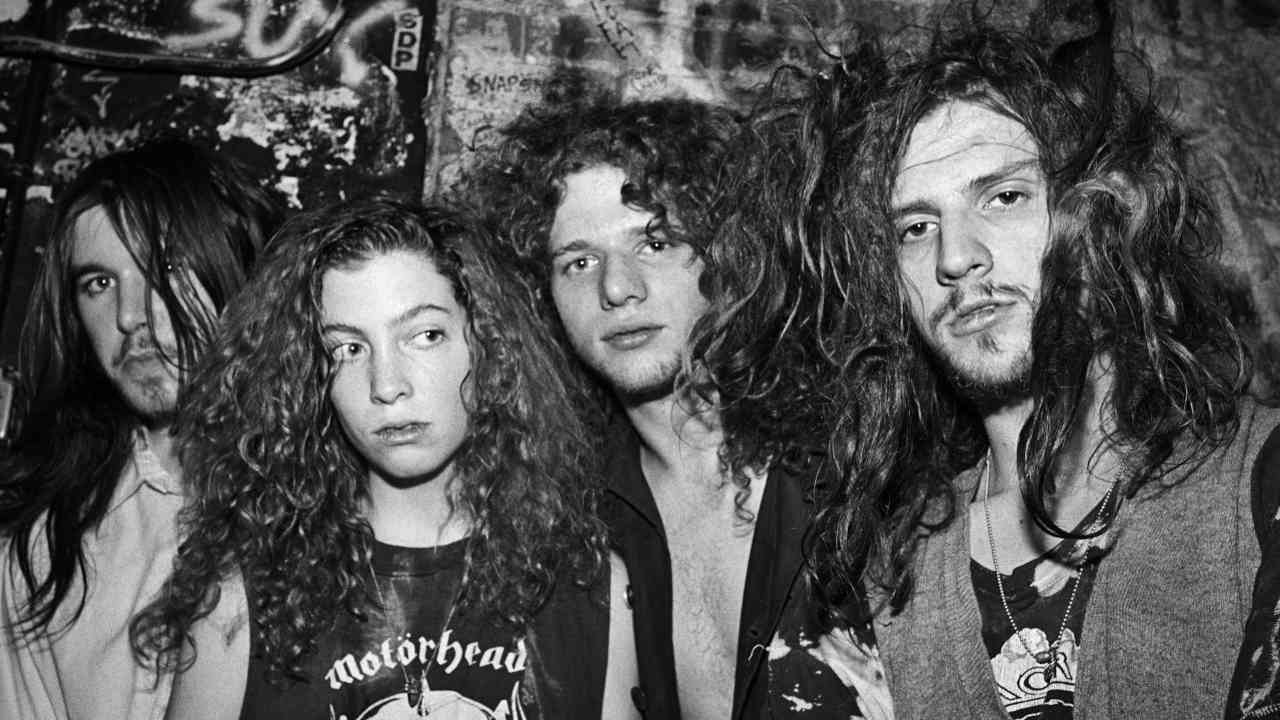
The first film the young Rob saw at the cinema was 1971’s gloriously warped Willy Wonka & The Chocolate Factory, starring Gene Wilder as the defiantly strange titular chocolatier. The first album that truly made an impact was Kiss’s 1975 classic Destroyer. While poles apart artistically, both were noisy, colourful and larger-than-life.
“Anything visual hooked me in first,” he says. “I remember buying Destroyer because without any idea of what it sounded like. I just thought, ‘Wow, look at the cover, it’s incredible. That must sound cool.’”
By the time he arrived in New York a few years later, his tastes had broadened to take in everything from the rabid garage-punk noise of Nick Cave’s early band The Birthday Party to the gloriously trashy, mammary-heavy exploitation flicks of cult film maker Russ Meyer. When he decided to put together White Zombie in 1985, he lifted the name from a kitsch 1932 horror film starring Bela Lugosi.
“White Zombie was the first band I had,” he says. “Where I grew up, nobody gave a shit about what I was interested in, whether it was music or movies. Someone like Alice Cooper seemed like they were from another planet.”
By contrast, likeminded freaks and weirdos were in plentiful supply in New York in 1985. Recruiting guitarist Ena Kostabi, drummer Ivan de Prume and bassist Sean Yseult – the latter of whom would become his long-term girlfriend – he set about realising his vision.
“For me, the idea of what I wanted it to be came first and the music caught up later,” he says. “White Zombie was very much the classic garage band – a bunch of people who couldn’t play very well, all our equipment was crap. But I think that’s what made the band unique – the limitations of your ability forces you to create something new.”
The limitations were evident on the quartet’s shambolic, self-financed debut EP, Gods On Voodoo Moon. It was primal howl of unhinged noise that owed more to New York’s nihilistic art-rock scene than the metal bands of the time. Listening back, it’s virtually unrecognisable compared to the White Zombie of a decade later – not least Rob’s high-pitched snarl.
“It was terrible,” he laughs. “I’d hear all this stuff in my head, but then we’d make the record and it was like, ‘No, that’s not it !’”
The end product may have been lacking in finesse, not to mention discernible tunes, but it gave them a foothold in the New York music scene. They found themselves playing shows with the equally cacophonous likes of Sonic Youth and Pussy Galore. But while those bands over-intellectualised rock’n’roll, White Zombie’s knowingly trashy racket under-intellectualised it.
“We were everything all at once,” says Rob. “I loved Nick Cave but I also loved Van Halen. I loved Sonic Youth but I also loved Sabbath. I didn’t draw a distinction – I thought William Burroughs and Lemmy were equally as cool.”
A string of releases followed, including raucous 1986 single Pig Heaven (“Terrible!”), 1987’s Psycho-Head Blow Out EP (“The first time we sounded like we were on to something…”) and the same year’s debut album, Soul Crusher. “Soul Crusher was the pinnacle of that version of White Zombie,” he says. “At the time, I liked it: ‘OK, that was what we were trying to achieve.’”
Rob’s musical vision was coalescing, but the lineup was less solid. In their early years, they had a steady turnover of guitarists. Sometimes this was down to musical differences, sometimes more… chemical differences.
“I was serious about what we were doing,” he says. “When your guitarist shows up without a guitar and says, ‘I sold it to buy drugs’, that’s not a good situation. Drugs were everywhere in New York. Everybody knew at least five people who had OD’d. I’ve always learned from others’ mistakes: ‘Hey, you did heroin and you’re dead. Maybe that’s not the best thing for me to do.’”
That may have been an unconventional out- look in art-rock circles, but it only underlined the singer’s ambition. Having paid their dues on the underground, he knew it was time for White Zombie to claw their way towards the surface.
“I was never happy with just playing at CBGBs in front of 300 people for the rest of our lives. I had bigger aspirations. I thought, ‘This scene has limitations. We like heavy metal, we look like a metal band, we’ll just beef up our sound and start playing metal shows.”
Replacing the feral racket of their early records with a heavier, groovier sound, their second full-length, 1989’s Make Them Die Slowly showed the first glimmerings of White Zombie as the wider world would know them. Most noticeably, Rob’s voice had dropped an octave or two as he growled and snarled his way through the thrashy likes of Demon Speed and Disaster Blaster. There was just one problem…
“It was one of the worst-sounding records ever,” says Rob. “We found out this guy Bill Laswell wanted to record it: ‘Oh, he’s a big-shot producer, blah blah.’ So we made the record, it cost a fortune, and it sounded like it was recorded in a trash can. We all hated it.”
Their next single would shake off their arty roots completely: a clattering cover of Kiss’s God Of Thunder. One person who wasn’t impressed was Gene Simmons, who threatened the band with a lawsuit after an image of the bassist in Kiss warpaint appeared on the cover.
“Every time I see Gene, he brings it up,” says Rob, laughing. “He mentions it in a fun way, but I never quite know if he thinks he’s funny or if he’s mad at me about it.”
While God Of Thunder may not have set the world ablaze, it raised White Zombie’s profile enough to get them noticed by the main- stream record industry. By the early 90s, many of their contemporaries had bagged major label deals. Now it was White Zombie’s turn.
“We were playing a new song called Soul-Crusher live,” says Rob. “An A&R guy from Geffen heard us and said, ‘I love that song. My gut feeling tells me there’s something here. We’re signing you guys.’ We were, like, ‘Whoah!’”
They may have stepped up to the big league, but success was a long way off. Their major label debut, La Sexorcisto: Devil Music, Vol. 1, was released in March 1992. None of the band expected it to do especially well, and in that respect, they weren’t disappointed. With sales of the record hovering around the 100,000 mark, they toured America, supporting anyone who’d have them and playing to anyone who’d listen.
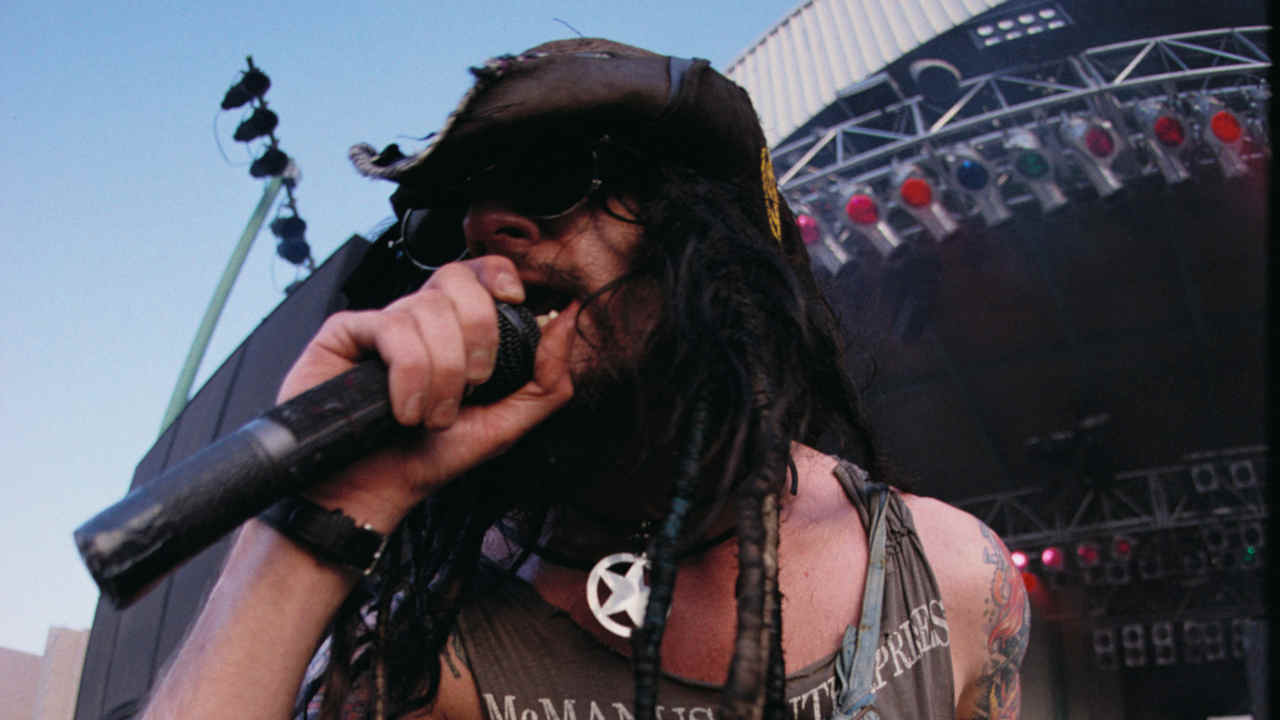
And then, in 1993, the band kicked off a US tour supporting Anthrax. At the start of the tour, they were selling a few t-shirts a night. By the end, they couldn’t print enough to meet the demand. After eight years, White Zombie had finally become an overnight sensation.
“It happened so fast we couldn’t believe it,” he says. “We went from selling 10,000 copies in a week to selling 2 million copies in a week. It felt weird to go from nothing to everything.”
Aptly, given Rob’s love of comic books and cartoons, the album’s success was largely down to a new animated TV show. Beavis & Butt-head was the creation of Mike Judge, a rock’n’roll loving animator whose cackling creations reflected his own musical tastes. When Mike featured La Sexorcisto track Thunderkiss 65 in the show, the game literally changed overnight.
In public, the wagon appeared to be rattling along at full pelt. In private, though, the wheels were starting to wobble. Relations within the band were becoming fraught, a situation not helped by the fact that Rob and Sean Yseult had split up after nearly a decade together. By the time they came to record 1995’s thumping Astro-Creep: 2000, the atmosphere within the band had turned toxic.
“By that point, we were not getting along at all as a band,” he says. “Astrocreep was our best record – it was the sound I’d been hearing in my head all along – but the entire record was recorded without every bandmember present at the same time. This person wasn’t in then, that person was never here. It was a struggle.”
Ask him what exactly caused the problems, and he’s cautious. “It was a product of everything,” he says diplomatically. “You spend so much time together, and people change. Money changes things. Money seems to heighten some people’s personalities.” He won’t be drawn any further.
It was during a photoshoot just before the album was released that Rob realised that White Zombie were rapidly approaching the end of the road.
“There was so much tension,” he says. “I remember saying to the band, ‘After this I’m done – I can’t take this anymore.’ I think certain people thought, ‘Oh, whatever, he’s just complaining’, or maybe they just didn’t hear me. But I remember thinking, ‘This is it.’”
There was still a record to promote and touring commitments to honour. If Rob had any doubts about his decision, they were erased on a sold-out co-headlining tour with Pantera in 1996. Astrocreep had sold more than 3 million copies in America, but he knew that he had no choice but to dismantle the Frankenstein’s Monster he’d spent more than a decade building up.
“It was painful,” he says. “Everything I ever wanted I got, and it wasn’t enjoyable. I thought, ‘If I’m gonna be in a band, I want it to be fun. And if that means having to go and play smaller shows and be less popular, I’ll deal with it’.”
Surprisingly, when it came to the crunch, it was easier than he thought to leave behind everything he’d worked for.
“It was a relief,” he says. “It had been weird for years. It was nice that it ended at its height, but what I was getting ready to do was scary.”
The roll call of members of multi-platinum bands going on to equally successful solo careers is threadbare at best. Understandably, the executives at White Zombie’s label, Geffen, were hardly performing backflips of joy when one of their star players informed them of his plan to strike out alone.
“I told Geffen I wanted to go solo,” he laughs. “Everyone said it was a classic bad move.”
For Rob, it was a leap into the unknown. “You have been in a band forever and then you’re by yourself, you think, [worried voice] ‘Now what?’ I didn’t even know who I was going to play with.”
One factor he did have in his favour was that he knew exactly what he wanted to do musically. His 1998 debut solo album, Hellbilly Deluxe, may have streamlined some of Astrocreep’s more technicolour excesses, but it was effectively a White Zombie album in all but personnel.
“Musical direction was never the issue,” he says. “I was never unhappy with the music, just the situation we made it in. So when I went to make my own record, it wasn’t based on the idea of it being artistically freeing, it was based on the idea that I could have some fun doing it.”
And did you?
“It was the best!” he enthuses. “Making the record was stressful – I didn’t have a band in place, so it was just me and the producer and different people coming in to play on it. But once the band was formed and we went on the road, it was like a revelation: ‘Oh god, touring in a rock band is the greatest job in the world!’”
Three years later, he released The Sinister Urge, a record with even more experimental flourishes, including a brass section on one song. It came out when nu metal had run its course, and the spotlight of the press had shifted to a new wave of indie bands spearheaded by The Strokes and The White Stripes. “Yeah, those bands got the press but they weren’t doing the business,” he sniffs dismissively. “The Sinister Urge was a big record and a big tour.”
But once again, the internal machinery of the band was starting to jam…
“I didn’t have a problem with anyone in the band, but they started having problems with each other,” sighs Rob. “It was back to White Zombie again. We were playing arena shows and no one’s fucking talking to each other. I couldn’t take any more drama between musicians. I thought, ‘I can’t do this again. I’ll stop making music and start making movies.”
Which is precisely what he did. His first two films, House Of 1000 Corpses and its sequel The Devil’s Rejects, were darkly schlocky tributes to the horror movies he grew up watching. As well as fulfilling a longstanding ambition to make films, it gave him the chance to work with some of his big-screen heroes, including cult actors Sid Haig and Karen Black, as well as his voluptuous wife Sheri Moon.
“House Of 1000 Corpses was like the early White Zombie records – you have something in mind but your skill level doesn’t let you make what’s in your head,” he says. “Whereas by The Devil’s Rejects, the movie in my mind became the movie onscreen. That’s really satisfying.”
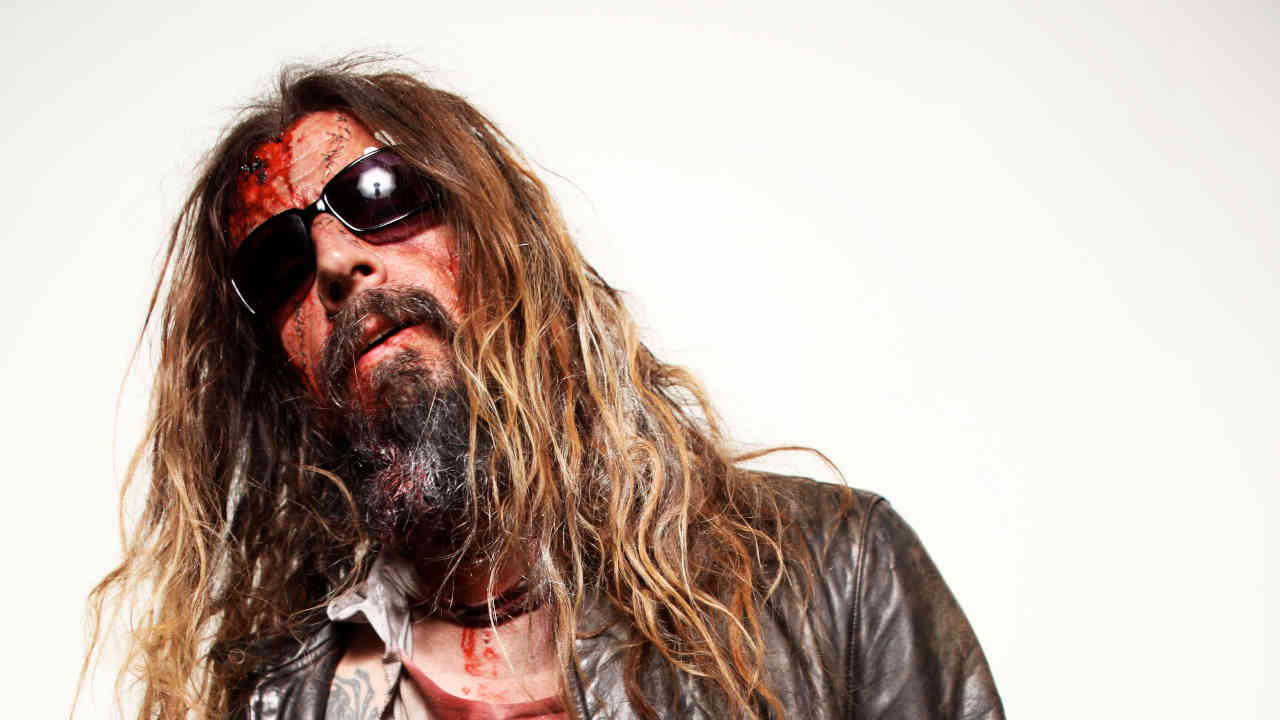
While he continued to make movies, among them a remake of classic 70s slasher Halloween and a new sequel (“I was proud of them but they were based on someone else’s idea – no matter how good your cover song, it’s still a cover”), he was drawn back to music. But his ‘comeback’ album, 2006’s Educated Horses, was a left-turn: the cover featured a dressed-down Zombie, and the music was schlock-free. While the package was a surprise, it remains one his best records. But the follow-up, 2010’s Hellbilly Deluxe 2 – a Hollywood-style sequel to his solo debut – found him on more familiar ground, musically and visually.
Today, he looks back on his long career with no small amount of pride. Few people have sustained a successful career for as long as he has, let alone one that’s been so unlikely. Fewer still have worked with such a head-spinning array legends as Ozzy Osbourne, iconic kids TV character Pee Wee Herman and A Clockwork Orange star Malcolm McDowell.
“I feel more like a peer,” he says. “I don’t feel like I’m learning from these people. I don’t mean that in an insulting way, but these guys aren’t mentoring you. It’s not like, ‘Oh my god, it’s Malcolm McDowell!’ It’s, ‘Here’s my friend, Malcolm McDowell, we’re gonna do something together’.”
He puts his achievements down to an unswerving vision and a refusal to compromise. Which, when you consider, how much he’s pushed the envelope, that’s some achievement.
“I wouldn’t have done anything differently, because for good or for bad, I’m happy where things are at right now,” he says. “Maybe at times, things could have been done better, or more people could have liked it, or maybe not. But if you like it, it’s because of me, if you hate it, it’s because of me. I can live with that.”
Originally published in Metal Hammer issue 235
